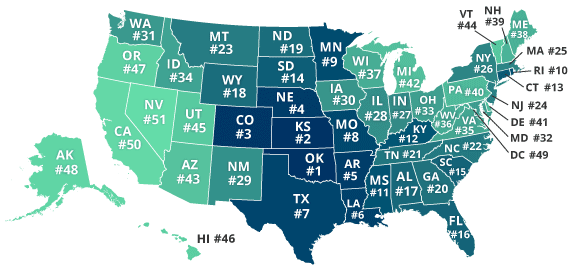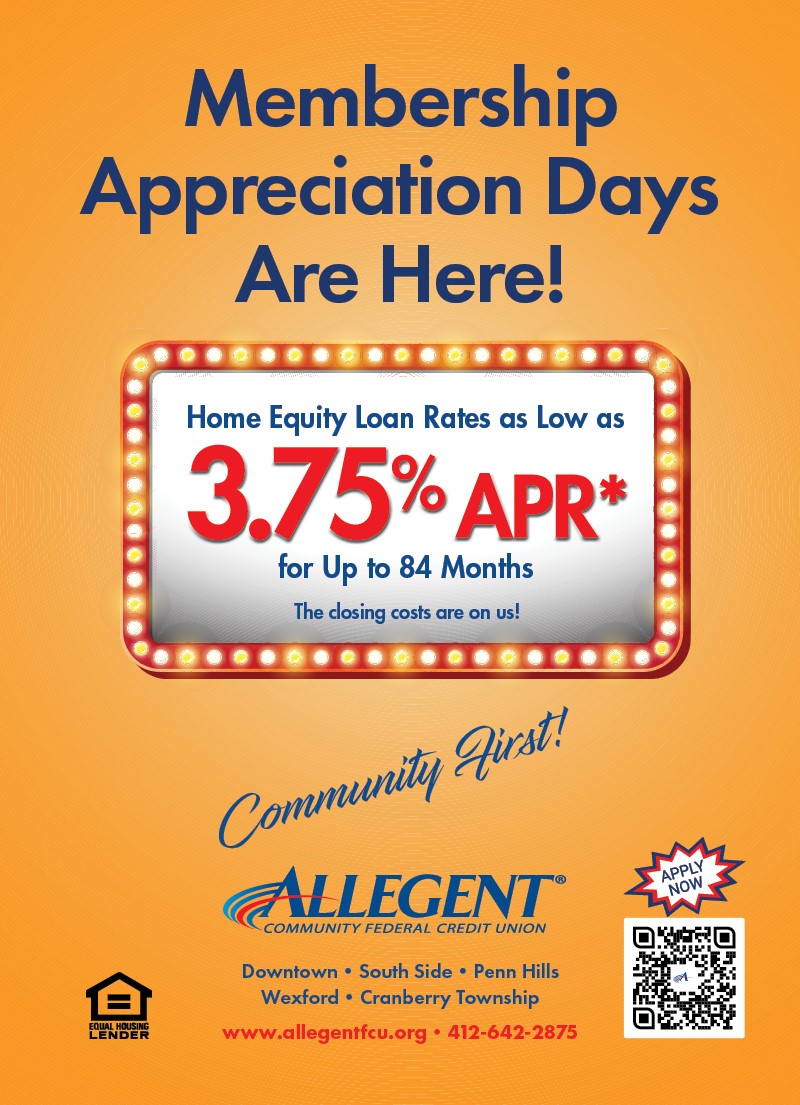
You can apply for a U.S. Bank HELOC if you're looking for a home equity credit line to help you finance your home improvement and debt consolidation projects. This line of credit is flexible, and you can save on closing costs as well as taxes. You can also get the money in three days without paying an application fee. Customers get a 0.5% discount on their interest rate making it a great option to suit a variety of needs.
Rates
US Bank offers Home Equity Line of Credit (HELOC), to all borrowers. The bank, which is based in Minneapolis (Minnesota), offers services to borrowers in all 50 States and Washington DC. HELOCs allow approved borrowers to obtain funds via credit card, check, or online. The maximum loan amount is determined by the borrower's creditworthiness and the mortgage amount.
HELOCs are typically offered at variable interest rates. However, there are some lenders that offer a fixed rate option. Fixed interest options offer predictable monthly payments that don't fluctuate with federal rates and give borrowers predictable monthly repayments. Fixed interest HELOCs will be more costly than those with variable interest rates, but can be a good choice if interest rate rises.

Fees
If you're considering taking out a HELOC, you'll want to understand the fees associated with the account. Some lenders charge low activity fees, while others charge transaction fees. In addition to these fees, some banks charge a fee for early payoff of HELOCs. These fees can be as high as $500 per payoff, and up to $90 each year.
US Bank doesn't charge closing costs for their home equity products. However, they charge certain escrow fees such as property insurance. There is an annual fee that the bank charges for the account. This can be waived if the Platinum Checking Package is purchased. While the annual fee does not apply to all states, it is an additional cost that you should be aware of. Moreover, if you pay off your HELOC within 30 months, you will be charged one percent of the original amount, up to a maximum of $500.
Draw period
The HELOC's draw term is the maximum time you can borrow to fund a specific purpose. HELOCs come with a 10-year initial draw period. You can choose to repay the loan with full or interest payments during the draw period. A significant portion of the loan's cost is affected by the draw period for a HELOC. It is crucial to determine how much you can repay the loan before it expires.
The amount you draw may not be possible during the draw period. Refinance your HELOC in case you are worried about this. This will keep you from facing a large increase in your minimum payment. Another option is to refinance the entire HELOC amount after the draw period ends.

Minimum credit score
High credit scores are a must for HELOCs. Lenders will feel more confident if a borrower has a high credit score as it indicates that they are responsible and will pay back the money. It can also lead to lower interest rates. This option might not be right for you if your credit score is low.
While the interest rates on HELOCs are often low compared to other forms of credit, it is important to note that these rates are subject to change based on the Wall Street Journal Prime Rate. It is possible that approval could take up until 45 days. This is because lenders must confirm the value of the property through appraisal.
FAQ
What should I look for in a mortgage broker?
A mortgage broker is someone who helps people who are not eligible for traditional loans. They work with a variety of lenders to find the best deal. Some brokers charge fees for this service. Others offer no cost services.
What is a reverse mortgage?
A reverse mortgage is a way to borrow money from your home without having to put any equity into the property. It allows you access to your home equity and allow you to live there while drawing down money. There are two types: conventional and government-insured (FHA). With a conventional reverse mortgage, you must repay the amount borrowed plus an origination fee. FHA insurance covers the repayment.
Can I buy a house without having a down payment?
Yes! Yes! There are many programs that make it possible for people with low incomes to buy a house. These programs include FHA loans, VA loans. USDA loans and conventional mortgages. Check out our website for additional information.
Should I rent or purchase a condo?
Renting might be an option if your condo is only for a brief period. Renting saves you money on maintenance fees and other monthly costs. The condo you buy gives you the right to use the unit. The space can be used as you wish.
Statistics
- This seems to be a more popular trend as the U.S. Census Bureau reports the homeownership rate was around 65% last year. (fortunebuilders.com)
- When it came to buying a home in 2015, experts predicted that mortgage rates would surpass five percent, yet interest rates remained below four percent. (fortunebuilders.com)
- The FHA sets its desirable debt-to-income ratio at 43%. (fortunebuilders.com)
- Over the past year, mortgage rates have hovered between 3.9 and 4.5 percent—a less significant increase. (fortunebuilders.com)
- 10 years ago, homeownership was nearly 70%. (fortunebuilders.com)
External Links
How To
How to locate an apartment
The first step in moving to a new location is to find an apartment. This takes planning and research. This includes researching the neighborhood, reviewing reviews, and making phone call. There are many ways to do this, but some are easier than others. Before renting an apartment, it is important to consider the following.
-
You can gather data offline as well as online to research your neighborhood. Online resources include websites such as Yelp, Zillow, Trulia, Realtor.com, etc. Other sources of information include local newspapers, landlords, agents in real estate, friends, neighbors and social media.
-
See reviews about the place you are interested in moving to. Yelp. TripAdvisor. Amazon.com have detailed reviews about houses and apartments. You can also check out the local library and read articles in local newspapers.
-
For more information, make phone calls and speak with people who have lived in the area. Ask them what they loved and disliked about the area. Ask them if they have any recommendations on good places to live.
-
Take into account the rent prices in areas you are interested in. Consider renting somewhere that is less expensive if food is your main concern. On the other hand, if you plan on spending a lot of money on entertainment, consider living in a more expensive location.
-
Find out more information about the apartment building you want to live in. For example, how big is it? What is the cost of it? Is it pet friendly What amenities are there? Are there parking restrictions? Do tenants have to follow any rules?